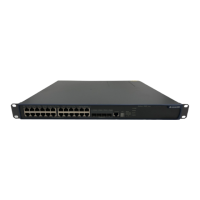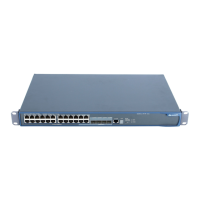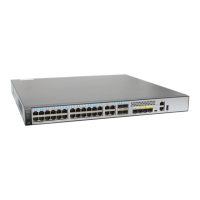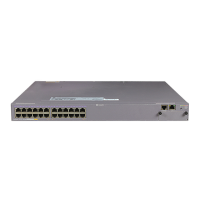Operation Manual – PoE & PoE Profile
Quidway S5600 Series Ethernet Switches-Release 1510 Chapter 1
PoE Configuration
Huawei Technologies Proprietary
1-1
Chapter 1 PoE Configuration
1.1 PoE Overview
1.1.1 Introduction to PoE
Power over Ethernet (PoE) uses 10BaseT, 100Base-TX, and 1000Base-T twisted pairs
to supply power to the remote powered devices (PD) in the network and implement
power supply and data transmission simultaneously.
I. Advantages of PoE
z Reliability: The centralized power supply provides backup convenience, unified
management, and safety.
z Easy connection: Network terminals only require an Ethernet cable, but no
external power supply.
z Standard: PoE conforms to the 802.3af standard and uses a globally uniform
power interfaces;
z Bright application prospect: PoE can be applied to IP phones, wireless access
points (APs), chargers for portable devices, card readers, cameras, and data
collection.
II. PoE components
z Power sourcing equipment (PSE): PSE is comprised of the power and the PSE
functional module. It can implement PD detection, PD power information collection,
PoE, power supply monitoring, and power-off for devices.
z PD: PDs receive power from the PSE. PDs include standard PDs and
nonstandard PDs. Standard PDs conform to the 802.3af standard, including IP
phones, WLAN APs, network cameras and so on.
z Power interface (PI): PIs are RJ45 interfaces which connect PSE/PDs to network
cables.
1.1.2 PoE Features supported by S5600
PoE-enabled S5600 series Ethernet switches include:
z S5624P-PWR
z S5648P-PWR
A PoE-enabled S5600 switch has the following features:
z As the PSE, it supports the IEEE802.3af standard. It can also supply power to
some PDs that do not support the 802.3af standard.

